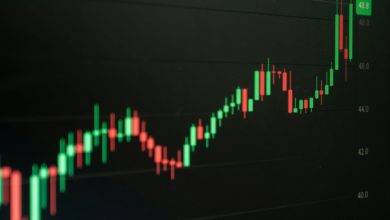Digital Light & Sound Announces Casting Change for Upcoming Double Feature Length Motion Picture Series
[ad_1]
Georgetown, Texas –  (NewMediaWire) – February 25, 2022 – Digital Light & Sound announces a casting update regarding the upcoming double feature films Will and Exhibition. Due to irreconcilable differences, the role of Nick Henderson will not be played by actor Douglas Clarke-Wood.
(NewMediaWire) – February 25, 2022 – Digital Light & Sound announces a casting update regarding the upcoming double feature films Will and Exhibition. Due to irreconcilable differences, the role of Nick Henderson will not be played by actor Douglas Clarke-Wood.
Exhibition, an original screenplay by Fred Leicht, is a story about a recent college graduate and the misadventures of her first day on the job as an assistant for an up-and-coming art dealer. Casting selections were announced in December 2021.
Will, an original screenplay by Fred Leicht, tells the story of a bidding war among New York elites to get their hands on a famous art collection of a recently deceased collector. Casting for this project is currently in progress.
About Digital Light & Sound
Founded in 2006, Digital Light & Sound is based in the heart of the independent filmmaking culture of Austin, Texas producing films, TV series, and providing visual effects services. DLS has worked on projects including the award-winning documentary State vs. Reed (winner of SXSW Audience Award). Current projects include Great Theaters of America TV series and the double feature length motion picture series Exhibition and Will.
Media Contact
media@dlightsound.com
(512) 588-5515
View the original release on www.newmediawire.com
[ad_2]




